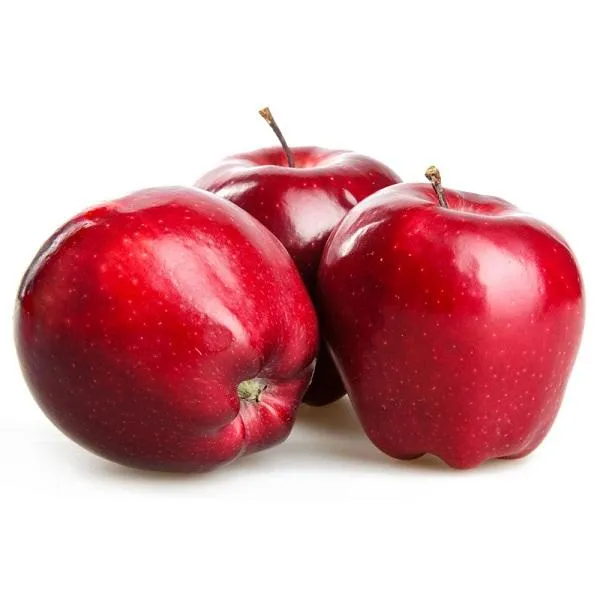With their vibrant hues and unique flavors, both red navel oranges and blood oranges have become increasingly popular among fruit enthusiasts and culinary connoisseurs alike. However, while these two citrus fruits may seem similar at first glance, there are some distinct differences that set them apart. In this article, we will explore the characteristics, flavors, and uses of red navel oranges and blood oranges to help you better understand their unique qualities.
Red navel oranges, also known as Cara Cara oranges, are a mutation of the Washington navel orange variety. They were first discovered in Venezuela in the 1970s and have since gained popularity worldwide. These oranges have a bright red flesh that is rich in color and full of sweetness. Their taste is often described as a blend of traditional navel oranges and berries, giving them a unique and refreshing flavor profile.
On the other hand, blood oranges, as their name suggests, have a deep red to maroon-colored flesh that resembles the color of blood. This striking pigmentation is due to the presence of anthocyanins, a type of pigment usually found in flowers and fruits. Blood oranges are believed to have originated in Sicily, Italy, and are now grown in various regions around the world. Their flavor is more tart and intense compared to regular oranges, making them ideal for those who appreciate a bold citrus taste.

In terms of appearance, both red navel oranges and blood oranges stand out from their traditional orange counterparts. Their distinctive colors make them eye-catching additions to any fruit bowl or dish. The deep red flesh of blood oranges provides a striking contrast when paired with other fruits, while the bright red hue of red navel oranges adds an unexpected pop of color.
When it comes to nutritional composition, both varieties offer a range of health benefits. Oranges, in general, are known for their high vitamin C content, which strengthens the immune system and promotes collagen production. Additionally, red navel oranges and blood oranges contain other essential vitamins and minerals such as potassium, fiber, and folate. These fruits are also rich in antioxidants, which help protect the body against free radicals and reduce the risk of chronic diseases.
In terms of culinary usage, both red navel oranges and blood oranges are versatile ingredients that can be used in a variety of dishes. Red navel oranges are often enjoyed on their own as a snack or used in salads, desserts, and beverages. Their sweet and tangy flavor pairs well with both savory and sweet dishes. On the other hand, the intense and slightly bitter taste of blood oranges makes them perfect for juicing, baking, and creating unique sauces or glazes for savory dishes and desserts.

One notable difference between red navel oranges and blood oranges is their availability. Red navel oranges tend to be more readily available in supermarkets and grocery stores, making them easier to find throughout the year. Blood oranges, however, have a more limited growing season and are typically available from December to April in most regions. This limited availability adds to their allure and makes them a sought-after fruit during the winter months.
In conclusion, while both red navel oranges and blood oranges offer a burst of flavor and visual appeal, they have distinct characteristics that set them apart. Red navel oranges are known for their vibrant red flesh, sweet flavor, and versatility in various culinary applications. Blood oranges, on the other hand, boast a deep red hue, a bold citrus taste, and a unique profile that adds a touch of sophistication to any dish. Whether you prefer the sweet and tangy notes of red navel oranges or the intense flavor of blood oranges, both varieties are sure to delight your taste buds and provide a refreshing and nutritious addition to your diet.In addition to their unique qualities, both red navel oranges and blood oranges offer various health benefits. As mentioned earlier, both types are rich in vitamin C, which can boost the immune system, support iron absorption, and promote healthy skin. They also contain dietary fiber, which aids digestion and helps maintain a healthy weight.
Furthermore, the anthocyanin pigments present in blood oranges have been linked to potential health benefits. These pigments possess antioxidant and anti-inflammatory properties, which may help reduce the risk of chronic diseases such as heart disease and certain types of cancer. Studies have also suggested that blood oranges may have cholesterol-lowering effects and could potentially help regulate blood sugar levels.

When it comes to selecting and storing these citrus fruits, there are a few key considerations to keep in mind. When purchasing red navel oranges or blood oranges, look for fruits that are firm, heavy for their size, and free from blemishes or soft spots. Avoid fruits that feel excessively soft or have moldy patches.
Both varieties can be stored at room temperature for a few days, but they will last longer if placed in the refrigerator. Proper storage can help preserve their flavor and texture. It’s important to note that the pigmentation of blood oranges may become darker over time, but this does not affect their taste or quality.
In terms of popularity, both red navel oranges and blood oranges have gained recognition and are now widely used in various cuisines around the world. Chefs and home cooks alike incorporate these fruits into salads, dressings, jams, tarts, sorbets, and cocktails, to name a few. Their vibrant colors and distinct flavors make them attractive ingredients for both sweet and savory dishes.

In summary, red navel oranges and blood oranges are two citrus fruits that offer distinct flavors, appearances, and culinary applications. Red navel oranges are known for their sweet and tangy taste, versatility in cooking, and easy availability throughout the year. Blood oranges, with their rich red hue, intense flavor, and limited growing season, are coveted for their unique characteristics and potential health benefits. Whichever variety you choose, both red navel oranges and blood oranges are sure to add a burst of color and flavor to your meals while providing a nutritious boost to your diet.










